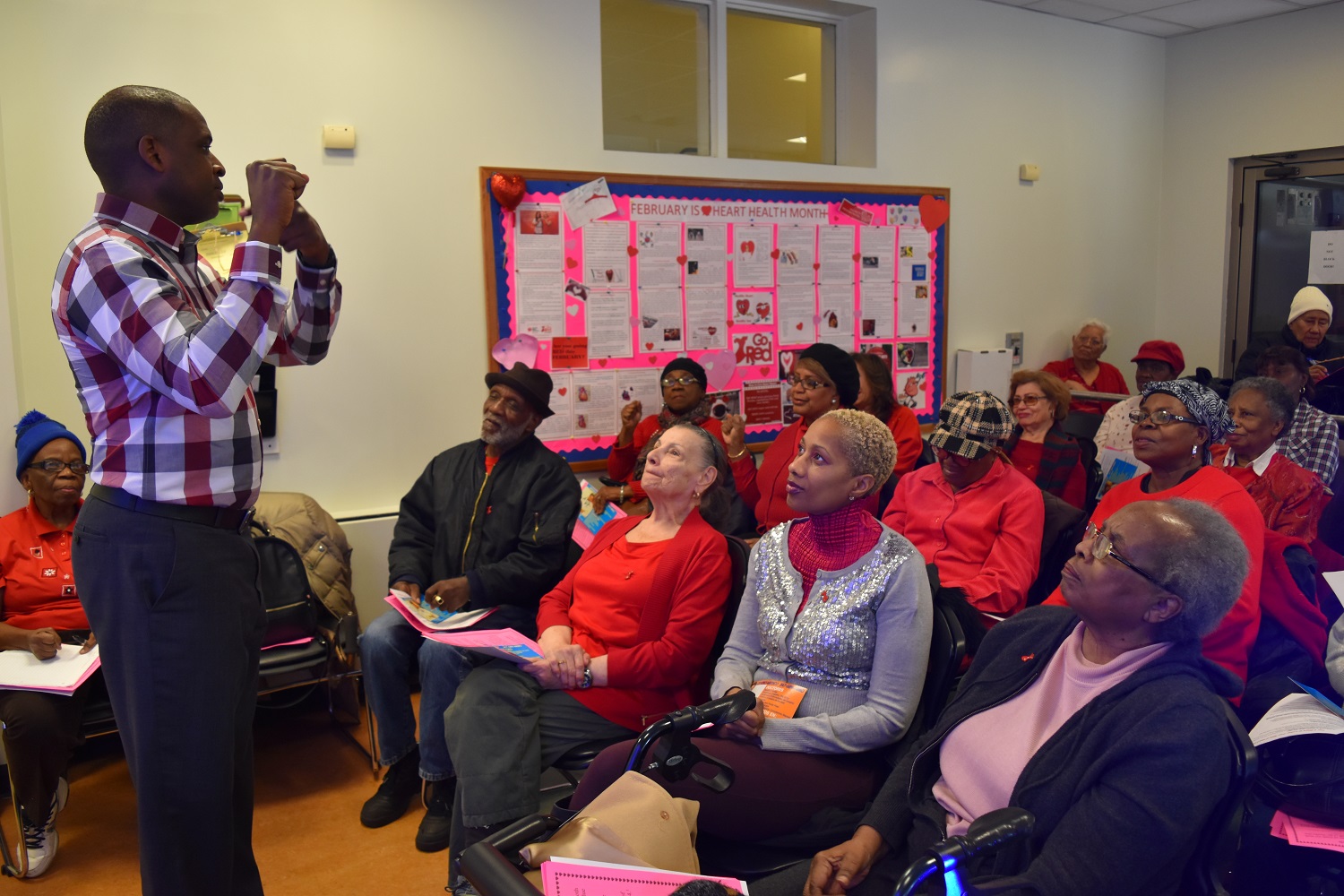On October 11th, Spring Creek Senior Partners (SCSP) celebrated National Hispanic Heritage Month with their annual Latin cultural presentation by HUD Service Coordinator, Denise Ruiz. National Hispanic Heritage Month is commemorated from September 15th to October 15th and pays tribute to the generations of Latino contri-butions made throughout history.
Every year, SCSP hosts this event to help educate their members on the numerous Spanish speaking countries around the world by high-lighting their culture, heritage, contributions, and traditions. In addition, this affair was held in both Spanish and English so that attendees who spoke these langu-ages could feel included.
There is a wide array of Latin countries to explore, so for each event Ruiz researches two countries and goes into depth about their geography, flags, traditional food, and other facts. This year Ruiz discussed two tropical paradises with the seniors, Costa Rica and Cuba. To help condense the information in a concise, but educational manner, Ruiz played two YouTube videos by Geography Now hosted by Barby. In the video, the host describes pertinent facts about Costa Rica and Cuba.
Costa Rica is located in Central America, and is a bi-coastal country with its sides facing the Caribbean and Pacific Oceans. This beautiful country is made of protected rainforests (25% of the country is a protected rainforest with a 0% deforestation rate), picturesque beaches, volcanoes, and an extremely wide range of biodiversity. Although this country represents only .03% of the world’s landmass, it contains 5% of the world’s biodiversity (different species in our ecosystem). Boarded by Nicaragua and Panama, Costa Rica has several islands (about 30) and its most famous one is Cocos Island and its capital is San José.
Costa Rica has earned the title of being one of the most the visited countries in Central America, which is largely due to its ecotourism which involves visiting another country without impacting the environment. Tourists are in-vited to survey the terrain, observe flora, fauna, birds, and socialize with the rural communities. It’s most popular island, the Cocos Island, even has a curfew limiting how long tourists are allowed to visit so that it does not affect the species inhabiting it.
In addition, Costa Rica disbanded their military in 1948 (the still have a police force). The military budget was allocated to the health services and education system.
Cuba is located in the Northern Caribbean and is made up of 4,000 smaller islands surrounding the mainland. Divided into 15 provinces, the capital is Havana. The United States has their military base and detention camp along Cuba’s island, Guantánamo Bay, which was first leased as a coaling station and naval base in 1903.
There are about 11.3 million people residing in Cuba, and yet it has one of the lowest birthrates in the Western Hemisphere. The country is a Marxist/Leninist /Socialist one party state led by Raul Castro (this ruling came about when Fidel Castro, Raul Castro, and Ernesto “Che” Guevara overthrew the old Batista regime, inciting the Cuban revolution).
The largest tobacco plantations, its most famous commodity, are located in the Pinar del Río Province. Cuba’s other well-known export is coffee (very, very strong coffee). This country also is home to a wide variety of wildlife that cannot be found anywhere else in the world, such as: the Cuban Trogon (the country’s national bird), Monte Iberia Eleuth (the smallest frog in the Northern Hemisphere), Cuban Tody (a small yellowish-green bird), Cuban Solendon (a mammal whose saliva is venomous), and Cuban Hutia (a large rodent species).
Many of the seniors were enraptured by the influx of information offered in these videos, which Ruiz furthered with a sampling of a Cuban dish, Ropa Veja (shredded beef), and a Costa Rican entrée, Callo de Pinto (rice, black beans, and vegetables). Both meals were catered by Ruiz’s guest and culinary specialist, Chef Valentin Abreu.
When Ruiz concluded her presentation, she then had the seniors play a game of hot potato. The winners were able to choose from a variety of Latin food products, such as platano (a banana you can cook), Yuca (potato), sweet potato, and an assortment of Goya products (Adobo, Sofrito, Recaito, and Mojo Criollo Marinage).
Photo by Amanda Moses


